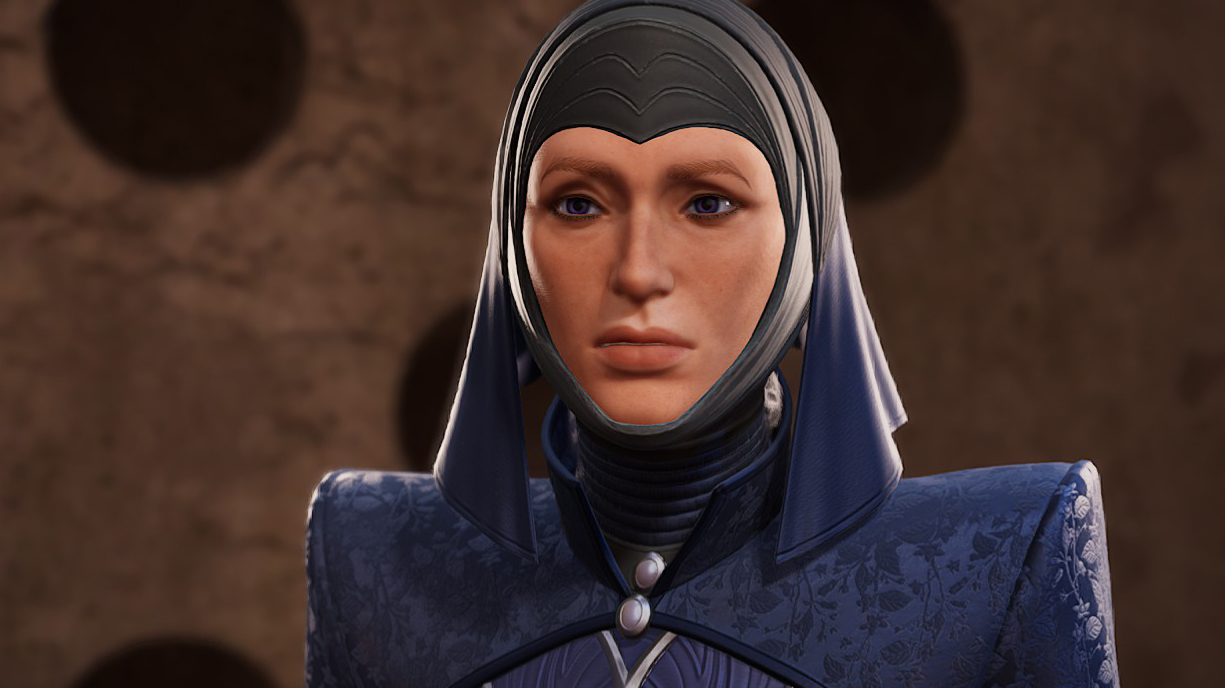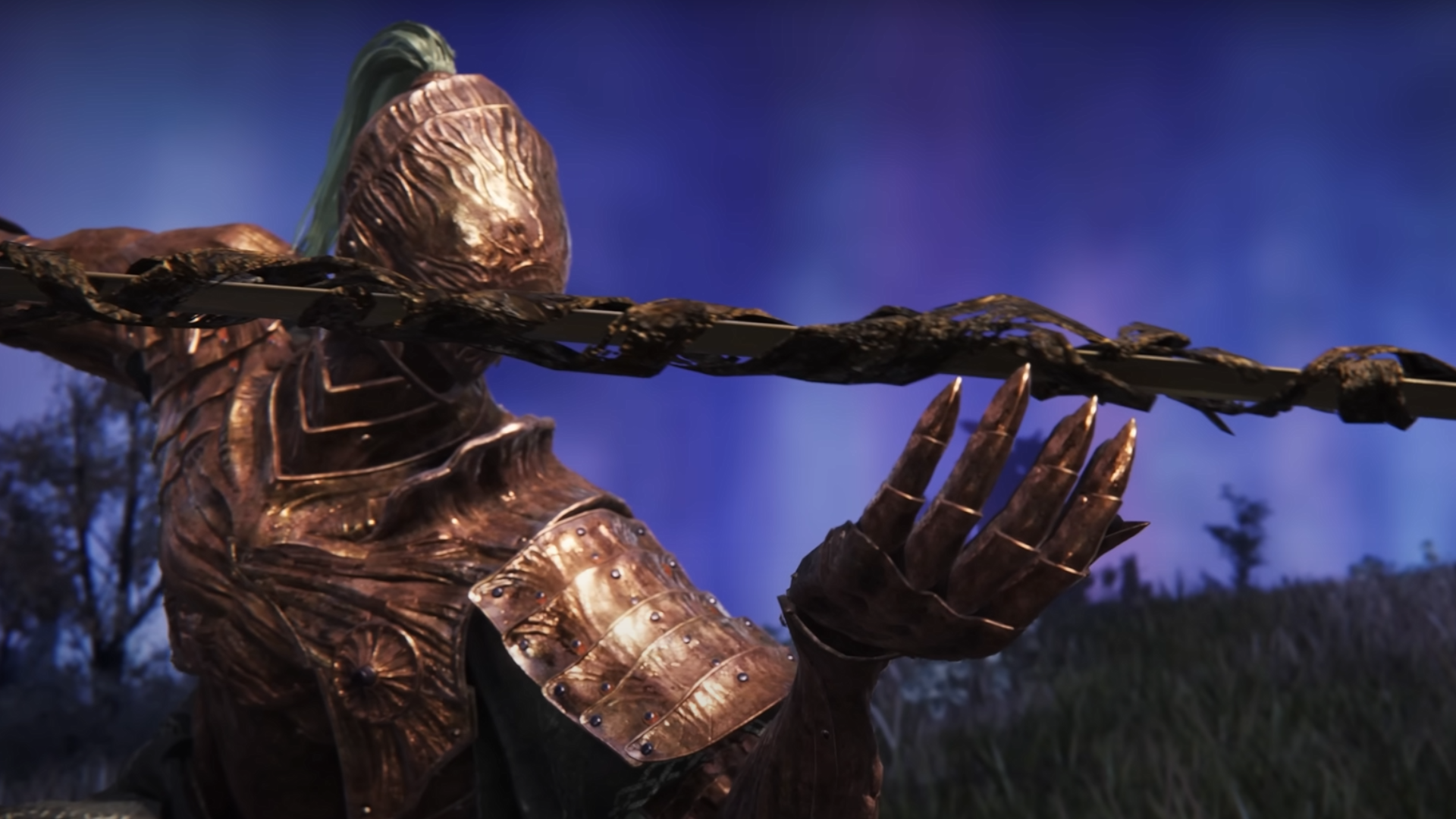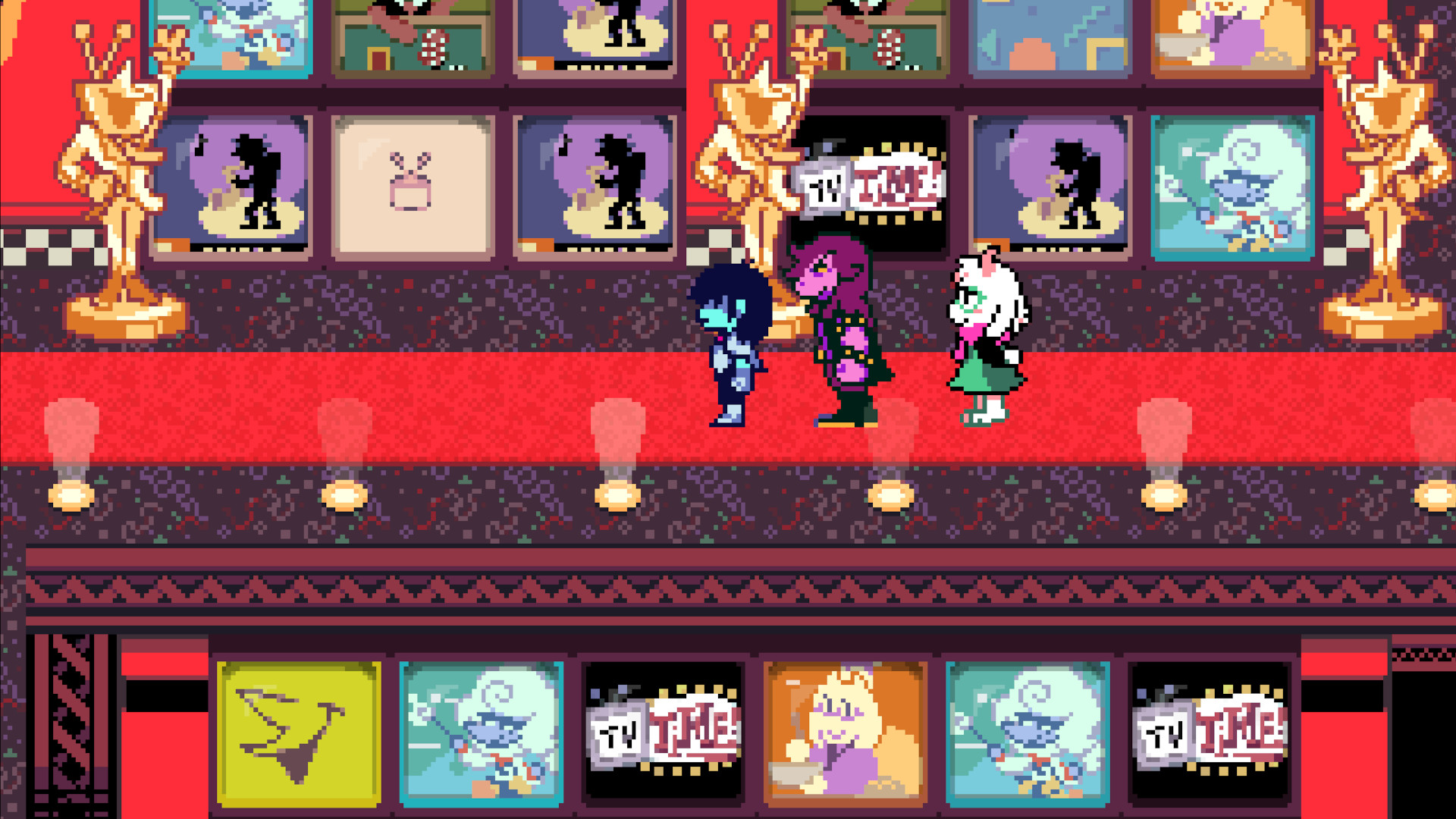
For the 10 of us who bought one, this will be so handy.
Though it feels like a blip in the history books, 11 years ago Nintendo released a little console called the Wii U. It had a large controller with a screen in it so you could play through the TV and was positioned to be the successor to the wildly popular Wii. Be it due to the confusing name or lack of 3rd party support the Wii U didn’t take the world by storm. Though its DNA is prominent in the incredibly successful Switch console which took over the Nintendo mantle, and most of the Wii U’s best games just four years later.
The problem with a console like the Wii U is for those of us who went out and bought them, they’re a bit obscure. This can make for quite a challenge if something goes wrong, or the software just corrupts itself and the console gets bricked. That is, unless you have a $4 Raspberry Pi Pico on hand to save the day.
YouTuber Voultar (via Tom’s Hardware) is hell-bent on saving Wii U’s from corruption. They bought five bricked consoles for testing, all of which featured either one or both of the unrecoverable 160-0101 and 160-0103 error report numbers on startup. These errors point to either an out-of-date system or one that’s been corrupted, and Voultar managed to fix all of them with the use of this Raspberry Pi Pico fix.
The fix makes use of GaryOderNichts UDPIH (USB Descriptor Parsing Is Hard) software which you can check out for yourself on GitHub. This tool is actually using an exploit in the USB host stack descriptor to directly insert software into the Wii U, so depending on how it’s used it could do all sorts of things good and bad to the console.
(Image credit: Colorwave)
Best gaming mouse: the top rodents for gaming
Best gaming keyboard: your PC’s best friend…
Best gaming headset: don’t ignore in-game audio
For these purposes, Voultar is using it for good by accessing the recovery menu of a compatible Wii U or Switch. First you get yourself a formatted SD card compatible with your Wii U and copy the recovery menu file. Then flash the UF2 file to the $4 microcontroller’s memory and you’re ready to revive your bricked Wii U.
Start by inserting that SD card into your Wii U and have your Pi Pico at the ready before turning the console on. The timing is imperative to having this trick work so you’re going to need to listen closely for the drive to start, as the Wii U logo can appear before or after the sound. Once you hear it, connect your Pico to one of the USB ports in the front of the console and you should be in the recovery menu.
To navigate the recovery menu you’ll need to use the eject button on the console. In the video, Voultar goes through some of the menu items you might want to check out but the main one you’re looking for is the ColdBoot File option. Use the Power button to select it and choose the operating system from its original country for the best results. Wait for that to finish and then restart the Wii U as you would normally using the system’s buttons.
From there your Wii U should be back up to its full glory allowing you to play all those great Nintendo games. It’s probably easier just to grab a Switch or a Wii U emulator like Cemu which recently went open source for Wii U games, but its nice to know your Wii U could be up and running again for just $4. Plus, it’s worth it just to play the excellent Rayman Legends the way it was truly intended with multiplayer touchscreen controls.



